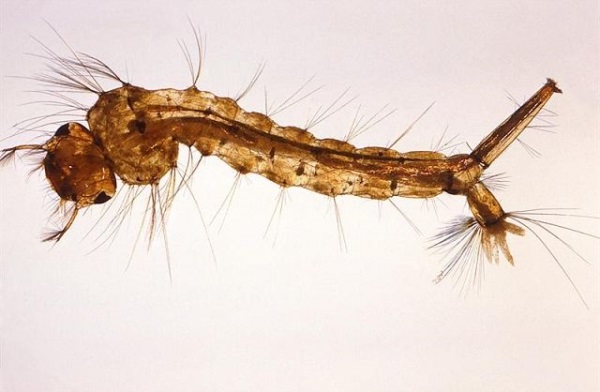Mosquito larvae are always aquatic, and constitute one of the primary stages for their control.
Hence, the presence of mosquitoes always implies the presence of water, which is not the other way around, since permanent collections of water where a well-established biocenosis has been able to develop limits the presence of mosquito larvae.
The larva will go through 4 larval stages with mute paths to finally become a pupa, at which time the metamorphosis will take place.
Depending on the species and environmental conditions, development can be more or less rapid, in general terms it can range between 4 days for G. Aedes and Ochlerotatus species and 12-15 days for G. Anopheles species.
The presence of a respiratory siphon in the larva gives it a very interesting adaptive characteristic, since it allows it to develop in waters with low oxygen content, which limits the existence of possible predators, but which are usually very rich in organic matter and therefore ideal for their development.

The larvae are filter feeders and basically feed on particulate organic matter, bacteria, fungi, etc.



